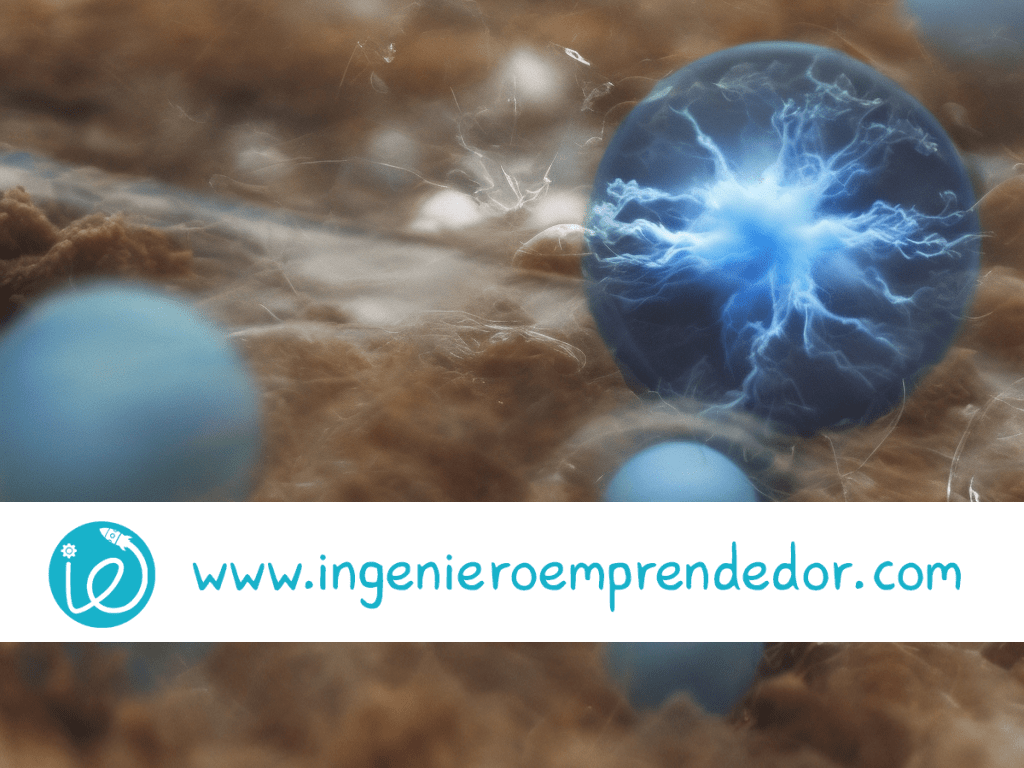The explosive power of hydrogen: Unveiling its technical data

Introduction:
Hydrogen, the most abundant element in the universe, has gained significant attention as a potential clean energy source. It has the potential to revolutionize various industries and significantly reduce carbon emissions. However, concerns about its explosive nature have raised questions about its safety. In this article, we will delve into the explosive properties of hydrogen, exploring its ignition sources, explosion limits, and safety measures. By understanding the risks associated with hydrogen, we can harness its power responsibly and unlock its full potential.
Understanding Hydrogen’s Explosive Characteristics:
1.1. Ignition Sources:
Flammability: Hydrogen is highly flammable and can ignite at lower energy inputs compared to other fuels. It forms explosive mixtures with air or oxygen in a wide concentration range.
Spark or Flame: Hydrogen can ignite through a spark or flame, requiring only a low-energy ignition source. Static electricity, open flames, electrical sparks, or even hot surfaces can trigger a hydrogen explosion.
1.2. Explosion Limits:
Lower Explosive Limit (LEL): The minimum concentration of hydrogen in air required for an explosion to occur. For hydrogen, the LEL is 4% by volume, meaning that if the concentration of hydrogen falls below this threshold, an explosion cannot propagate.
Upper Explosive Limit (UEL): The maximum concentration of hydrogen in air required for an explosion to occur. The UEL for hydrogen is 75% by volume, meaning that if the concentration exceeds this threshold, there is not enough oxygen to support combustion.
Factors Affecting Hydrogen Explosion Severity:
2.1. Concentration:
The severity of a hydrogen explosion depends on the concentration of hydrogen in the air. A higher concentration increases the risk of a more intense explosion.
Ventilation and proper control of hydrogen leaks are crucial to prevent the accumulation of hydrogen in confined spaces.
2.2. Dispersion:
Hydrogen is lighter than air, allowing it to disperse rapidly in the atmosphere. This rapid dispersion reduces the likelihood of explosive concentrations unless confined.
2.3. Enclosed Spaces:
Confined or enclosed spaces can lead to the accumulation of hydrogen, increasing the risk of an explosion.
Adequate ventilation and monitoring systems are essential to prevent the buildup of hydrogen in confined spaces.
Safety Measures to Mitigate Hydrogen Explosions:
3.1. Leak Detection and Monitoring:
Hydrogen detection systems are vital to identify leaks promptly. These systems use various detection technologies such as sensors, alarms, and monitoring devices to ensure timely response and mitigate potential risks.
3.2. Ventilation and Dilution:
Proper ventilation helps dissipate hydrogen and prevents its accumulation in confined spaces. Dilution systems can be employed to reduce the concentration of hydrogen below the explosive limits.
3.3. Explosion-Proof Equipment:
In environments where hydrogen is present, explosion-proof equipment, such as electrical devices, should be used to minimize the risk of ignition.
3.4. Training and Safety Protocols:
Proper training and adherence to safety protocols are crucial to ensure the safe handling, storage, and use of hydrogen. Educating personnel about the risks and implementing strict safety measures can minimize the chances of accidents.
Conclusion:
While hydrogen does possess explosive properties, understanding its characteristics and implementing proper safety measures allows us to harness its potential as a clean and sustainable energy source. By employing leak detection systems, proper ventilation, and explosion-proof equipment, the risks associated with hydrogen can be effectively mitigated. As hydrogen continues to gain prominence in various sectors, it is essential to strike a balance between unlocking its immense power and ensuring safety at all stages of its production, storage, and utilization.

























